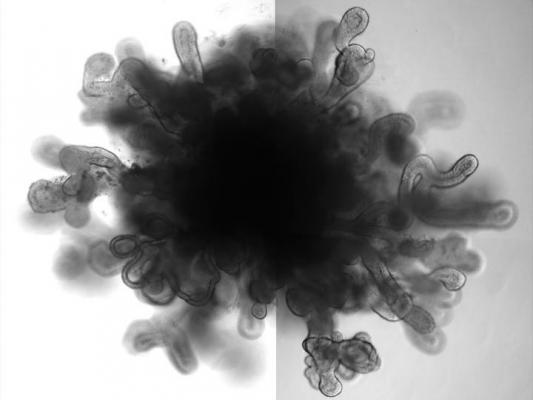
May 15 (UPI) — Researchers at Columbia University have created lung organoids to mimic features of a full-sized lung to give a better understanding of respiratory diseases.
The tiny 3D structures were created from human pluripotent stem cells by researchers at Columbia University Medical Center, or CUMC, to generate models of human lung diseases in a lab dish to study respiratory diseases.
The lung organoids created at CUMC are the first to include branching airway and alveolar structures like those found in human lungs.
The organoids contain multiple cell types that look and function like a full-sized organ and can be used to help researchers test new drugs and experiment with regenerating damaged tissue.
“Organoids, created with human pluripotent or genome-edited embryonic stem cells, may be the best, and perhaps only, way to gain insight into the pathogenesis of these disease,” Hans-Willem Snoeck, a professor of medicine at CUMC, said in a press release.
Researchers showed that the organoids reacted in the same way as a real lung does when infected with respiratory syncytial virus, or RSV, and other experiments showed the organoids responded as a human lung would with the gene mutation linked to pulmonary fibrosis.
“Researchers have taken up the challenge of creating organoids to help us understand and treat a variety of disease,” Snoeck said. “But we have been tested by our limited ability to create organoids that can replicate key features of human disease.”
The study was published in Nature Cell Biology.






